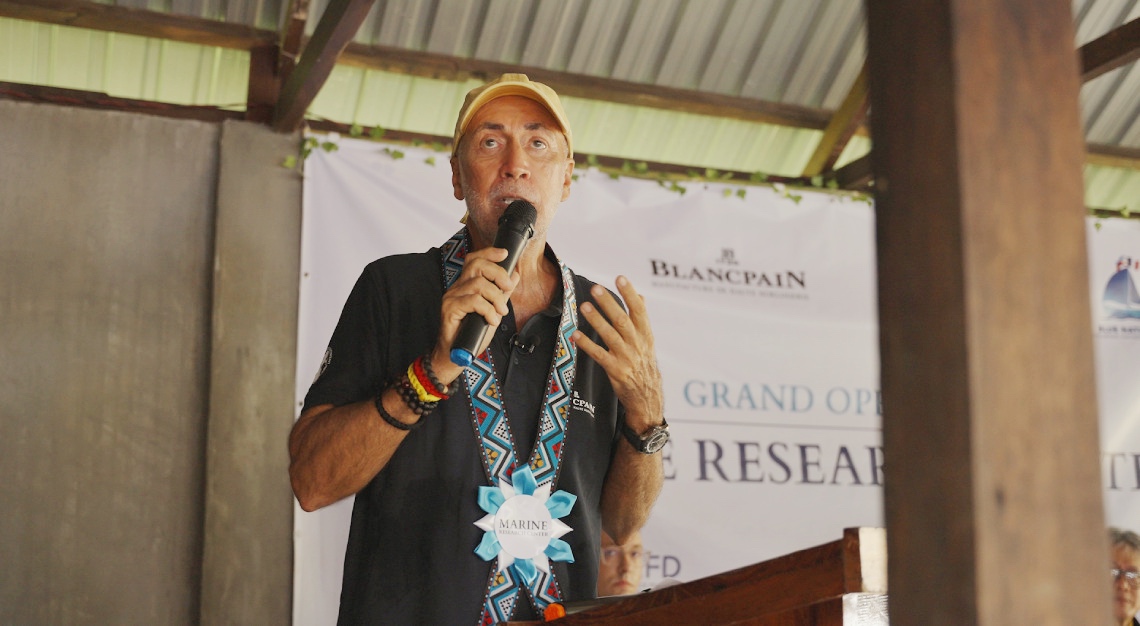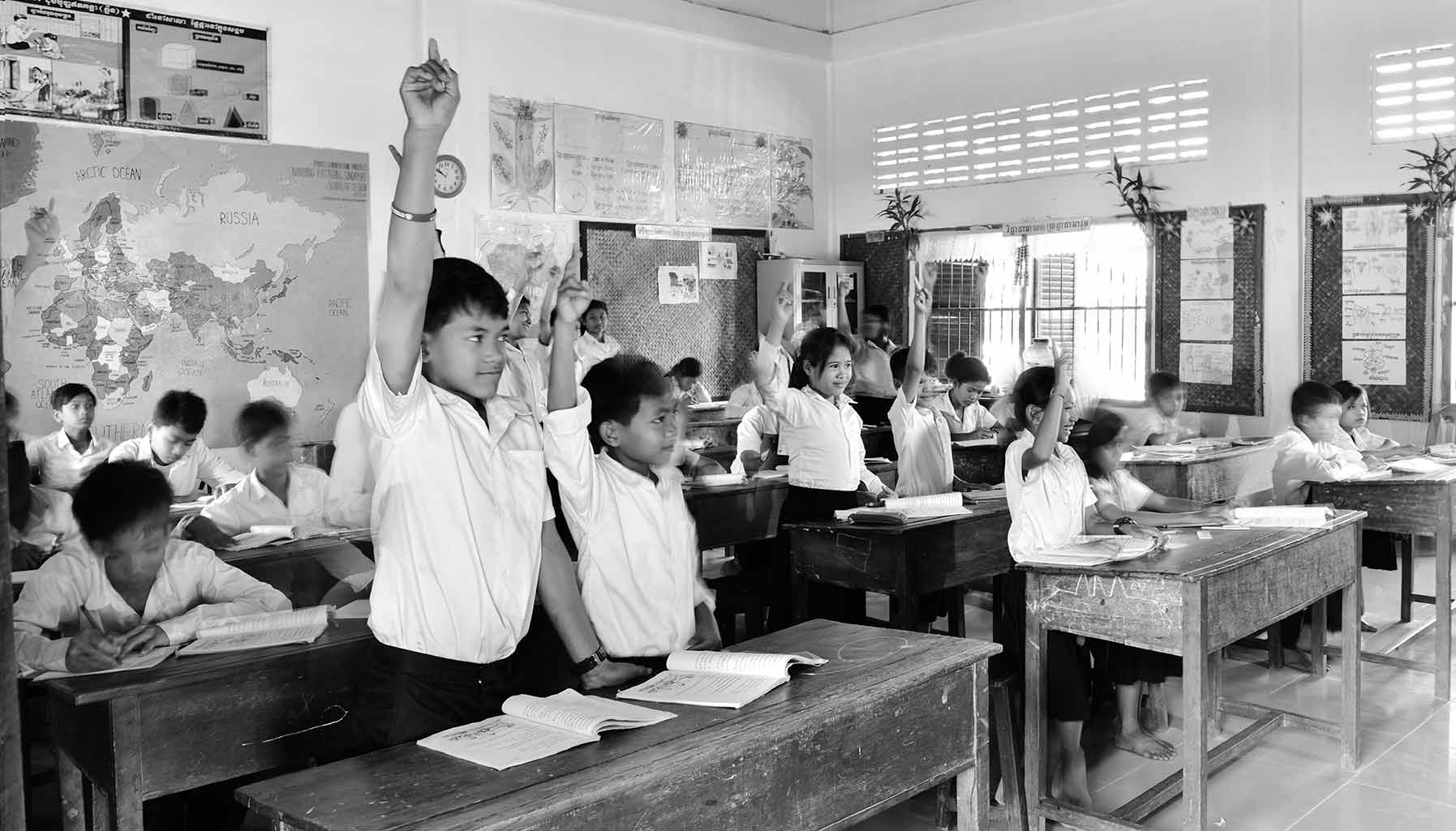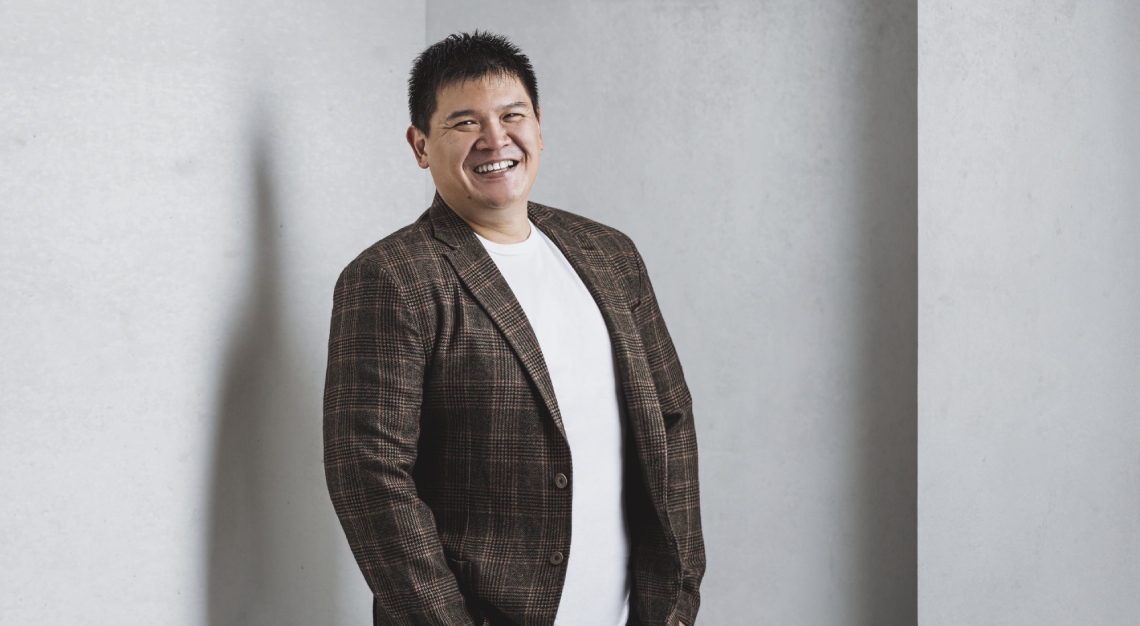Former real estate developer Frédéric Tardieu stumbled upon a dying reef in Palawan, and sparked a bold conservation effort and a partnership with Blancpain that’s now uplifting coastal communities
Frédéric Tardieu didn’t come to the Philippines to save the ocean. He came for the sun, and to escape another life as a hugely successful but stressful real estate developer. But the slice of paradise he found also came with its own scars. Tardieu discovered bleached reefs, dynamite fishing, and a fragile ecosystem left to fend for itself. What began as a personal retreat with his wife on a remote island in Palawan unwittingly transformed into something far greater: the birth of the Sulubaaï Marine Research Center.
Established in 2012, the Sulubaaï Environmental Foundation has been at the forefront of marine conservation in the Philippines. One of its notable initiatives is the creation of the Pangatalan Island Marine Protected Area (PIMPA) in 2016, covering 46 hectares. In 2017, the foundation introduced the Sulu-Reef Prosthesis (SRP), an innovative artificial reef structure designed to restore damaged coral reefs. These efforts have led to the installation of over 300 SRP units, significantly enhancing marine biodiversity in the region.
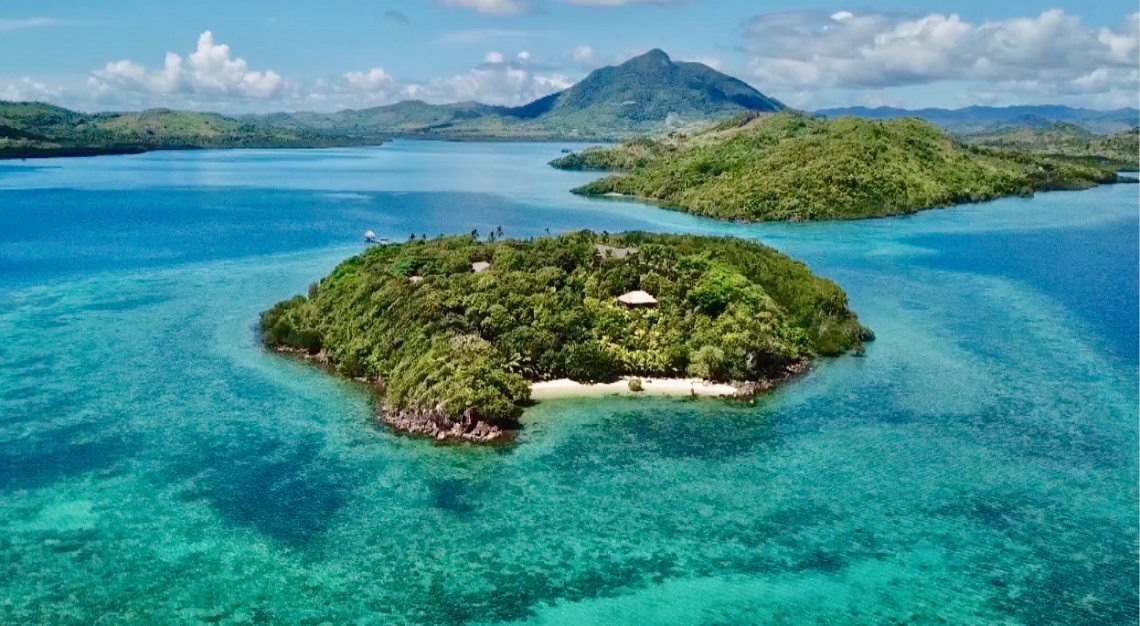
In 2019, Blancpain partnered with the foundation to support the Sea Academy project, focusing on community-managed marine protected areas. This collaboration culminated in the opening of the Blancpain x Sulubaaï Marine Research Center in February this year. Here, Tardieu shares his thoughts about the business of marine conservation, and what it takes to build a model that’s both ecologically and socially sustainable.
What inspired you to start this project in the first place?
We saw an article in a magazine about this island. The story was totally crazy, but my wife and I immediately took a flight to visit. At the peak of the real estate boom, we decided to go back to the Philippines, find a place where we could feel better. Within a year, we made the change.
Why did you choose this particular island?
People ask me that all the time. At the time, it was really close to the mainland—which is important. If you break a leg, there’s no hospital, no water. But also, when we arrived, the island had all the ecosystems: mangroves, seagrass, reefs, depth, everything. It had potential.
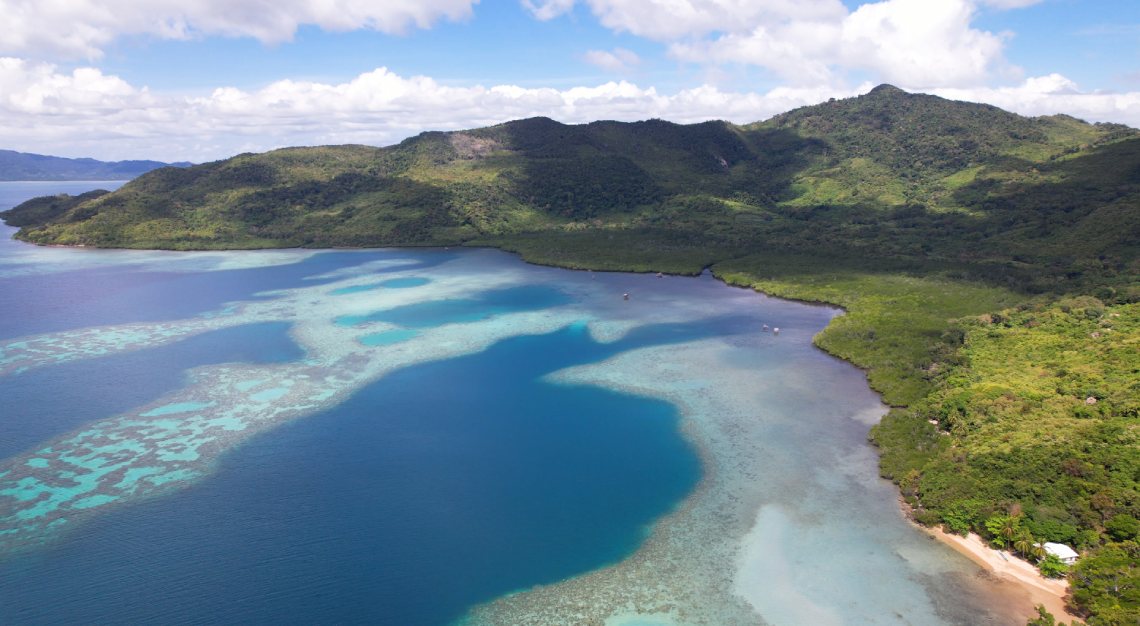
What was the community’s initial reaction to your conservation work?
At first, nobody helped us. But I didn’t ask for anything. When they were sick, I gave them medicine. When they had problems, I drove them to the hospital. I filled a 5km pipe with fresh water for the village. Not for me—for us. That’s how trust grew.
How did you convince them of the value of marine conservation?
The first programme was mine. I showed them the results—videos of before and after. Some people said, “It’s fake! It’s not your place.” But there were no words needed. No text, no paper. Just the images. They saw it. And they believed.
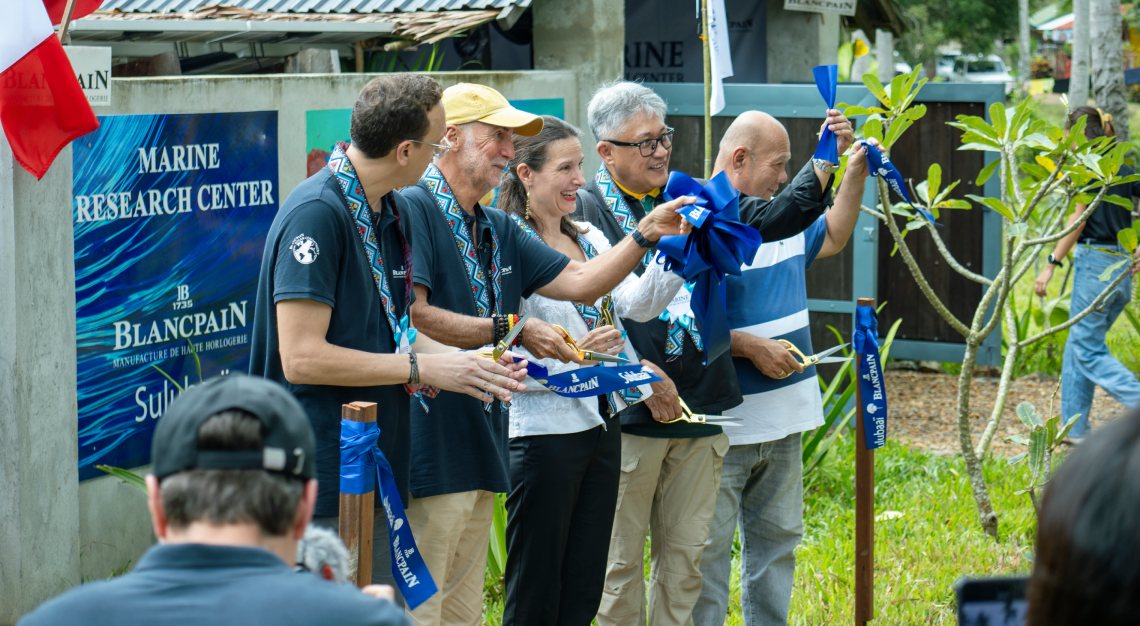
What makes the Sulubaaï Marine Research Center unique?
It’s sustainable. We have solar power, a deep well for fresh water, organic farming. It’s the only place in the village with electricity and internet. After school, the kids come. They watch films, read books, learn about fish. It’s like a church. A safe place.
What has been the biggest challenge in building this organisation?
There are many. But the main challenge is that there are no excuses. You can’t say, “I don’t have money.” Every day, you have to do. I’m lucky—my wife is the best partner. She’s crazy like me. When I decide something, she always says, “Yes. Let’s go.”
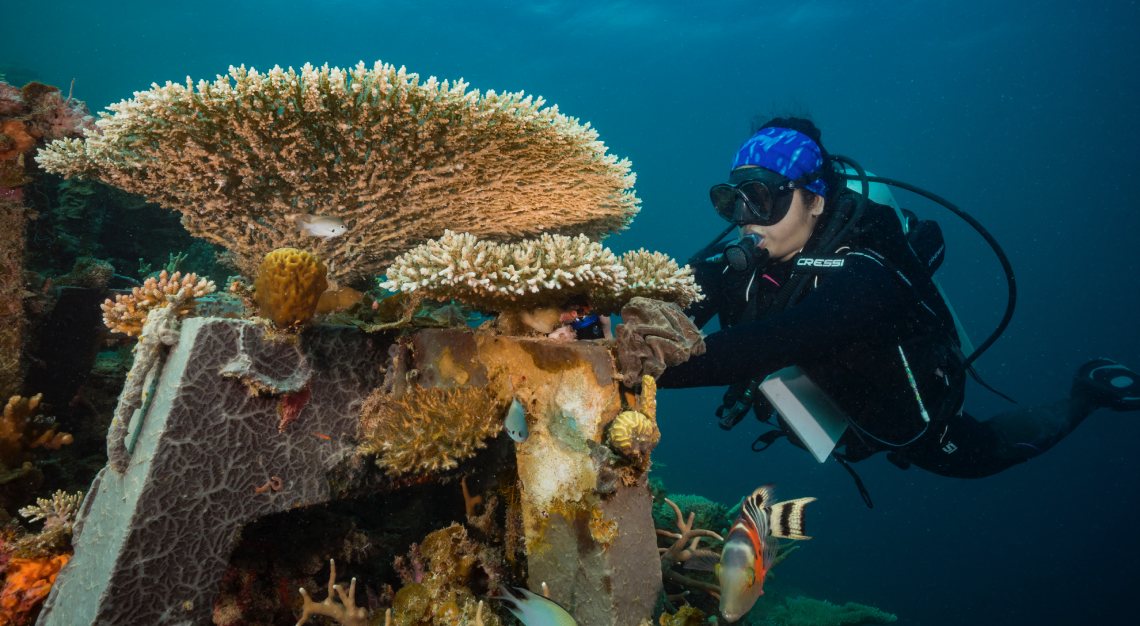
How has the project grown since those early days?
We started as two people. Now we’re 26 full-time, and with the centre, it’s more than 40. At first, we worked with one village. Now, it’s 3,000 people around the bay. The local government gave us control of another bay—126,000 hectares—for marine protection.
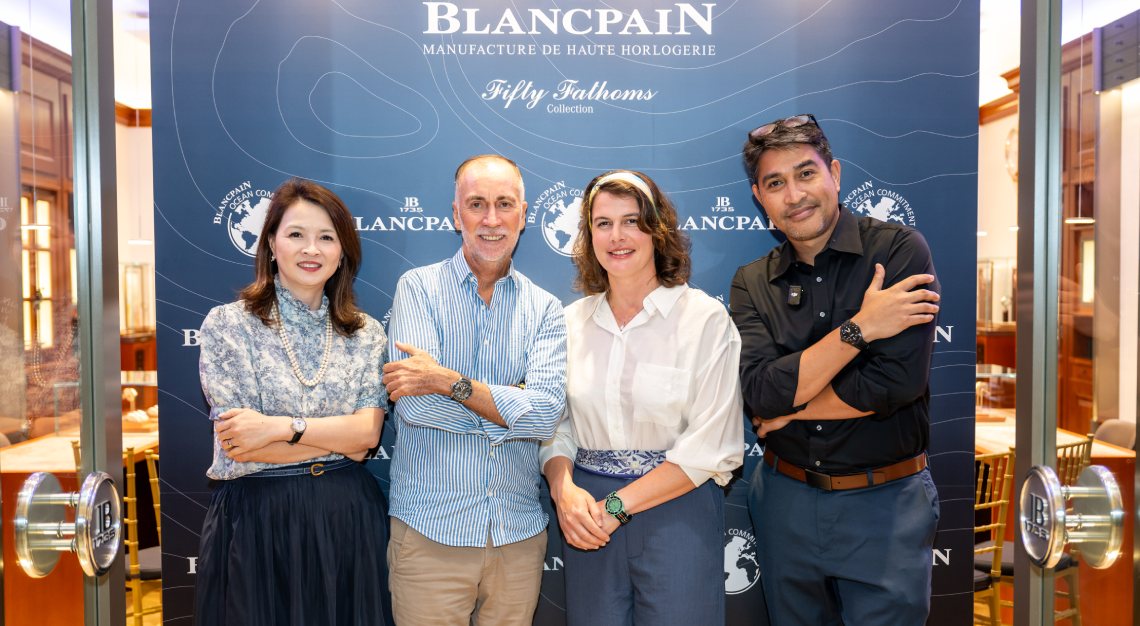
How do you measure success?
For me, it’s simple. The kids spend more time at the centre than at home. They’re quiet. They feel good. They learn about tomatoes, solar panels, planting. And maybe, one of them will become a youth leader. That’s the next generation. That’s the real success.
